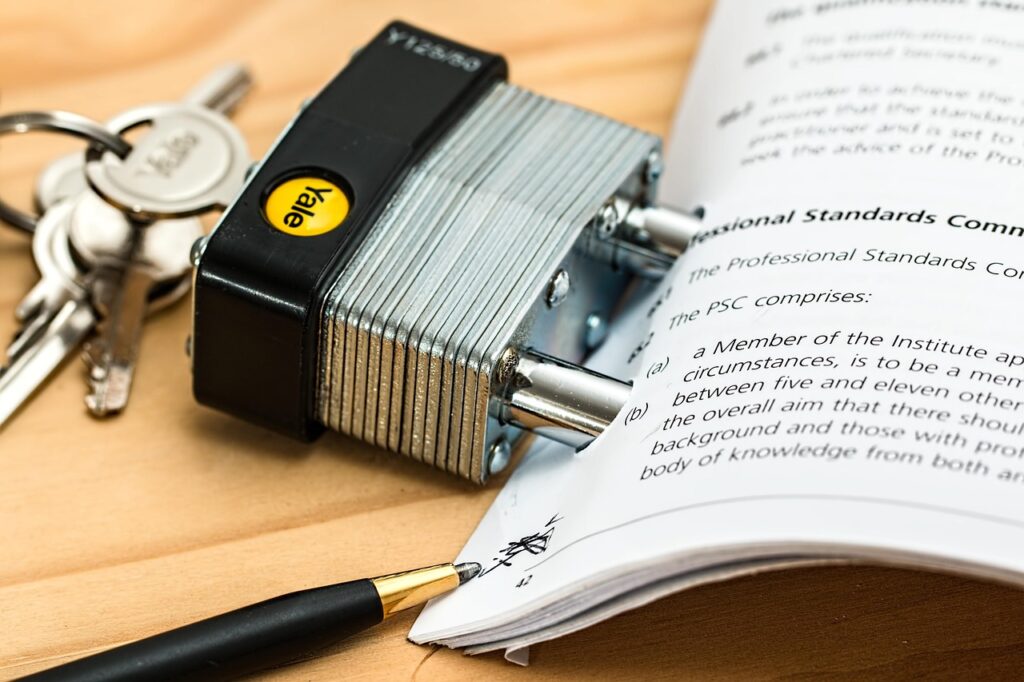Section 321 is a key provision in U.S. customs law that allows certain low-value shipments, valued at $800 or less, to enter the country duty-free. This rule helps streamline the import process for small shipments, easing the cost and administrative burden for both businesses and consumers. By enabling duty-free entry for qualified shipments under this value threshold, Section 321 supports more efficient cross-border trade and faster delivery.
Recent changes have significantly impacted how Section 321 operates, especially with the suspension of some duty-free exemptions starting in 2025. These adjustments affect ecommerce businesses and importers who rely on this provision to manage costs and compliance. Understanding these updates is essential for anyone involved in international shipping to navigate tariff and customs rules effectively.
Section 321 creates opportunities but also presents challenges regarding accurate data management and regulatory adherence. For growing businesses, staying informed about the latest policies and how to use this provision correctly can make a notable difference in their supply chain efficiency and cost savings.
Understanding Section 321
Section 321 provides a duty-free entry allowance for low-value shipments into the United States. It is governed by specific legal guidelines, defines clear eligibility criteria, and applies to a limited range of goods under a strict value threshold.
Definition and Legal Framework
Section 321 is a provision under U.S. Customs law allowing shipments valued at $800 or less to enter the country without the payment of duties or taxes. This is often referred to as the de minimis exemption.
This section stems from the Tariff Act of 1930 and was later updated by the Trade Facilitation and Trade Enforcement Act (TFTEA), which raised the de minimis value threshold from $200 to $800. This increase expanded the scope, making duty-free importation favorable for small shipments.
Section 321 applies per shipment, per day per importer, meaning only one shipment under $800 can use the exemption each day. This legal framework helps streamline the import process for low-value goods, particularly benefiting ecommerce businesses.
Applicable Laws and Regulations
Section 321 falls under Title 19 U.S. Code, Section 1321. The regulation establishes clear rules around customs duty exemptions for imports below the set value.
Customs and Border Protection (CBP) enforces these rules, ensuring that shipments must meet value limits and product eligibility requirements. Non-compliance or exceeding the value results in standard duties and taxes.
Restrictions exist on the types of goods eligible for Section 321 benefits. Some product categories, such as alcohol, tobacco, and certain controlled items, are excluded regardless of price. The regulation also requires proper documentation and compliance with import standards.
Scope and Coverage
Section 321 covers physical shipments valued at $800 or less, per day, per importer, entering the United States. This includes individual packages and consolidated shipments if they meet the threshold.
Eligible shipments can be imported from any country, which supports cross-border ecommerce and facilitates trade, especially for small businesses and individual sellers.
However, only one Section 321 claim is allowed per day for each importer, requiring strategic shipping plans. If a shipment exceeds the $800 limit by even one dollar, the exemption is lost and duties apply to the entire shipment.
The program covers a broad range of goods but excludes items restricted by other federal regulations. Proper classification and valuation are essential to use Section 321 correctly.
Compliance and Implementation
Proper use of Section 321 requires precise adherence to documentation standards, customs procedures, and managing specific operational challenges. These factors ensure shipments qualify for duty-free entry while avoiding delays or penalties.
Documentation Requirements
Accurate documentation is essential for Section 321 filings. Shipments must clearly state the shipment value, description, and country of origin. The value should not exceed $800 to meet the de minimis threshold.
Commercial invoices or pro forma invoices must include detailed descriptions and fair retail values. Electronic data interchange (EDI) systems are commonly used to transmit this information directly to customs for faster processing.
Additionally, businesses must maintain records of all shipments to support compliance audits. Missing or incorrect documentation can result in shipment delays, additional inspections, or denial of duty-free entry.
Customs Clearance Procedures
Section 321 shipments benefit from expedited clearance, but customs officials still verify compliance before release. The process often involves automated review systems that flag inconsistencies for manual inspection.
To utilize Section 321, importers or their agents file the entry under the designated provision with U.S. Customs and Border Protection (CBP) upon arrival. Shipments exceeding the value limit or lacking proper documentation are subject to full customs duties and inspections.
Single shipments valued at $800 or less enter duty-free and tax-free, simplifying clearance steps. However, customs may require additional verification for suspicious patterns, such as high volumes from a single sender.
Common Challenges and Solutions
One major challenge is managing large volumes of Section 321 shipments while ensuring all meet value and documentation protocols. Businesses often face delays due to missing or inconsistent data.
To address this, many use integrated warehouse and logistics platforms that unify transportation, compliance, and documentation tasks in real time. Automation reduces human error and speeds entry processing.
Another issue is evolving customs enforcement, which may scrutinize repeated shipments from the same sender to prevent abuse of the provision. Companies can mitigate this by varying shipment schedules, consolidating shipments, or consulting with customs experts for audit readiness.


